How to Grow 10 Favorite Fruit Trees at Home
There’s no denying that the sweetest fruits are those picked off the tree at the peak of ripeness, whether it’s a bunch of cherries you’ve chased the birds away from; a peach so juicy, you have to bend over to avoid staining your clothes; or a crisp fall apple. So it makes sense that if you love fruit, you’ll love having your own fruit tree or trees in your garden.
These days growing your own private orchard is more feasible than ever. For one thing semidwarf and dwarf trees are readily available, and pruning techniques can keep even standard-size trees at a manageable height — letting you add more trees to a smaller yard and keeping the fruit within easy picking reach. You can also find already-grafted trees with numerous varieties on one trunk. Hybrids are stretching the boundaries of requirements for both cold hardiness and chill (or lack thereof).
There are a few caveats. Fruit trees aren’t totally trouble free. You will need to provide sufficient nutrients and deal with occasional, or more than occasional, pests and other problems. It may take some time before your tree produces. Also, while fruit is readily available in summer, fruit trees do better when planted in fall, winter or early spring, depending on your climate, so summer is not the time to plant. Get around this latter problem by using your summer months to taste test various varieties of your favorite fruits so you’ll know just what to plant.
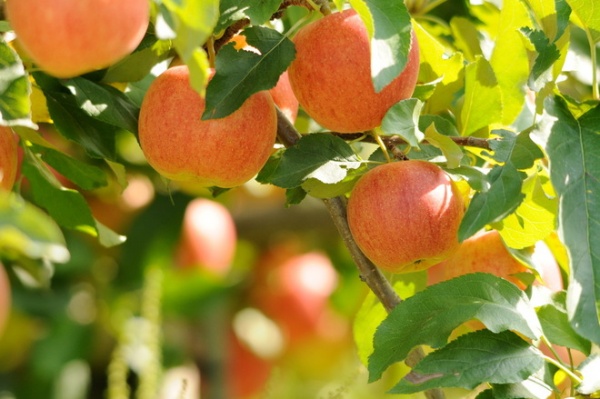
Apples
It’s hard to go wrong with an apple tree or two in your yard. Apples hold their flavor well both on the tree and once they’re harvested. They’re great to eat fresh and are a standard addition to a lunchbox, a staple for cooks and a standout as the basis for any number of tasty desserts.
You can find a tree for USDA climate zones 1 through 9 (find your zone); it’s only in the tropics that you won’t be able to grow them. They can be grown as traditional trees or espaliered along a fence or wall.
Other things to keep in mind: the type of apple you want (crisp, soft, tart, sweet), when you want to harvest (from midsummer to late fall), disease resistance and pollination needs.
See how to grow apple trees
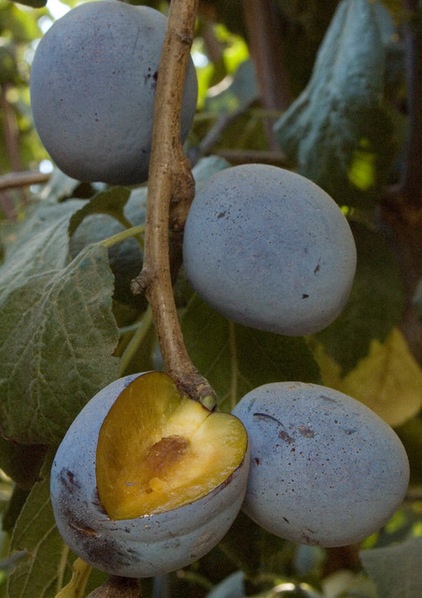
Plums
When it comes to versatility, plums give apples a run for their money. For a fruit tree, they’re surprisingly hardy. They’re less prone to diseases than others, they don’t grow as rampantly as peaches, and they need less water than many other fruit trees.
Choose from a Japanese plum, such as the well-known Santa Rosa, for zones 4 through 9; a European plum, such as Stanley, especially if you live in an area with late and rainy springs or in zones 3 through 9; or a hardy hybrid for the coldest climates. Japanese plums may also need a second tree for pollinating.
Plums may be relatively easy, but they still need some care. This includes fertilizing, pruning and dealing with birds’ stealing the crops. They also can take up to five years before they start producing fruit.
See how to grow plum trees
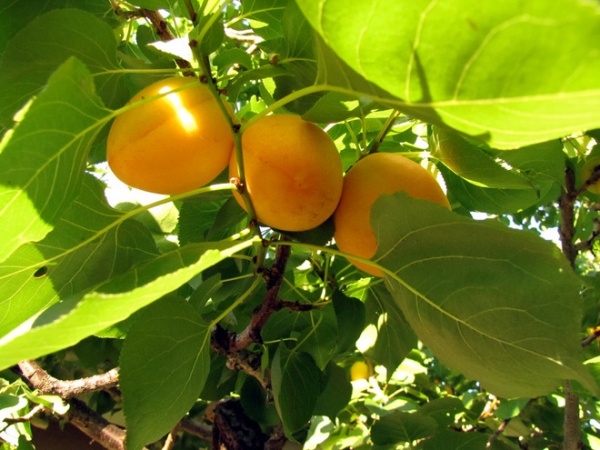
Apricots
Landscape tree or fruit tree? With an apricot tree, you don’t have to choose. These generally smallish trees have a great shape and unusual bark, lovely foliage and fruit that can’t be beat for its delicate flavor.
Of course, you need to be able to grow an apricot tree to get these benefits. It’s not so much that they can’t handle the cold — they’re surprisingly hardy — but they flower so early that the potential fruit crop is easily decimated by frost, and they don’t really handle rainy springs. Their primary climate zones are 7 to 9, but if you’re daring, try them in zones 4 to 6 in a protected spot.
Apricots need general fruit-tree care but are somewhat less needy than other fruit trees. You’ll probably need to thin the fruit and prune annually, but the good news is that they’re a good choice for options like espaliering. Be prepared to harvest immediately once the fruit ripens, as it doesn’t hold well on the tree. But the fruit is well worth the trouble.
See how to grow apricot trees
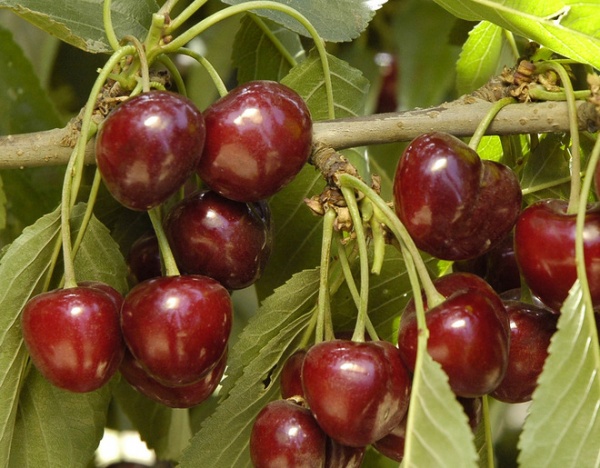
Cherries
Sweet or sour, cherries are near the top of the list of most people’s favorite fruits. The trees are also beautiful themselves, especially when blooming every spring.
Sweet cherries, from Bings and Lapins to Rainiers and Vans, are the ones you can eat fresh. These trees grow in warmer climates, generally zones 5 to 10, although if you’re in the warmest climates, be sure you have one that is designated “low chill.” They also can be temperamental to grow and slow to fruit at first.
Sour cherries may not tempt you to eat them off the tree, but they’re great for baking and preserves. They’re also hardier, doing well in zones 4 to 8, and less problematic, including almost never requiring fertilizer once they’re established.
See how to grow cherry trees
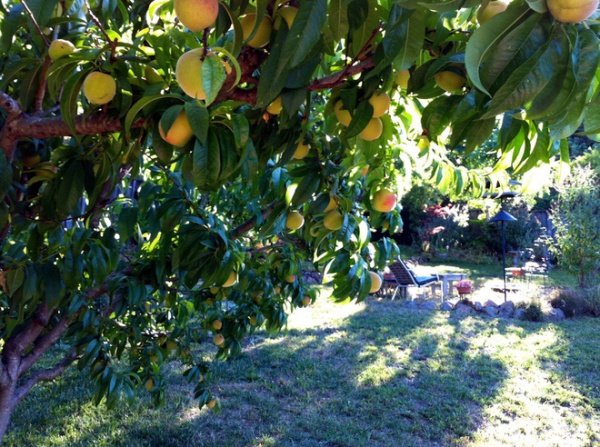
Peaches and Nectarines
Fresh, fully tree-ripened peaches and nectarines are an experience not to be missed. Their flavor seems to define summer. If you live in zones 5 through 9, this experience can be yours.
Peaches and nectarines are grouped together because nectarines are simply a fuzzless type of peach. The number of peach varieties available to home gardeners is almost overwhelming; nectarines offer somewhat fewer options, but there are still a lot to choose from. There are varieties with white flesh and those with yellow flesh, and for some people that difference is major. You can have fruit from early summer into fall. There are varieties for eating fresh and others that are better for canning. There are even some with unusual shapes and “nonpeach” colors.
Peaches do require lots of care through the growing season, including watering sufficiently, maintaining a good feeding program, thinning, pruning and preventing pests and diseases.
See how to grow peach and nectarine trees
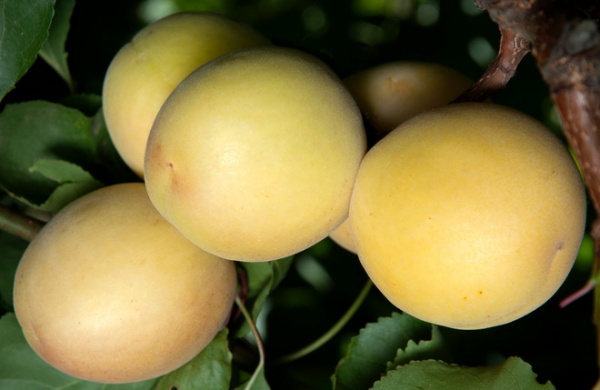
Plum Hybrids
Plum hybrids are rapidly becoming the darlings of fruit lovers. These fruits have the best aspects of their respective parents. The apricot-plum hybrids got the ball rolling, but now you can find hybrids that combine plums with peaches, nectarines and cherries, and it seems like there are many more to come.
Plum hybrids need the same climate conditions as their parents and much of the same care, including water and fertilizer needs, pruning and preventing pests and diseases. Check with local nurseries to see what will do well in your area.
See how to grow plum hybrid trees
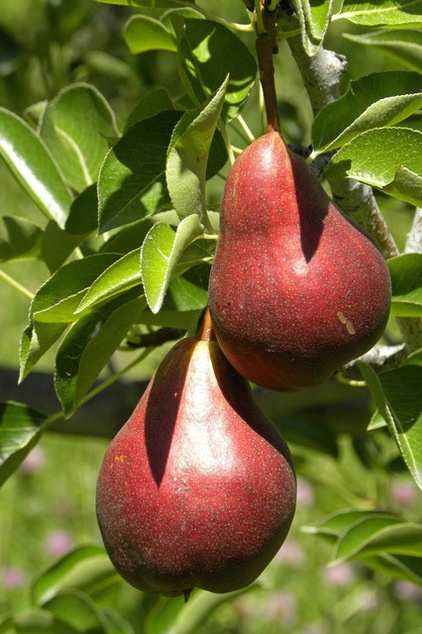
Pears
For home gardeners, pears fall into two categories: European and Asian. European pears are the familiar “pear-shaped” fruits that are an autumn staple. Asian pears, sometimes called apple pears, are round, fragrant fruits with a flavor that seems to explode in your mouth. Both can claim a place in a home garden.
European pears grow well in zones 3 through 9, though they generally need considerable winter chill. They’re beautiful, long-lived trees that tend to be large, although dwarf and semidwarf varieties are available. If you opt for a European pear, you’ll also need to be sure you have a pollinator nearby. Your biggest problem, and it can be major, is the tendency to develop fireblight, which can easily get out of control. The biggest challenge besides disease is harvesting: Almost all European pears need to be harvested early and left to ripen off the tree.
Asian pears are best for zones 5 through 9, where temperatures don’t drop too low. They’re smaller than their European cousins and easier to keep in check. They also have a long harvest season, with the bonus that the fruit can stay on the tree until ripe.
See how to grow pear trees
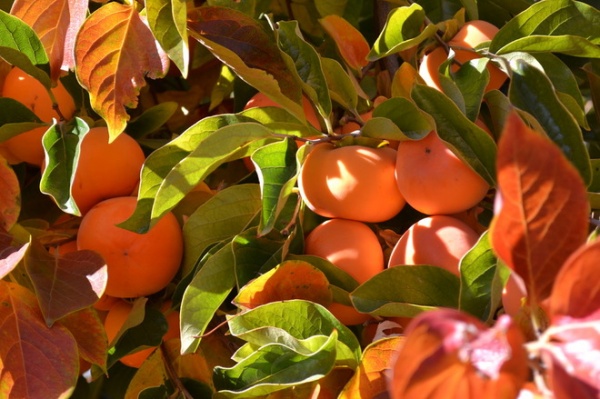
Persimmons
Talk about a long-lasting fruit. Even after the leaves have fallen and been raked up, you can still find persimmons hanging on to the tree. Even better, persimmons tend to be naturally smallish trees, ideal for today’s smaller gardens. Japanese or Asian persimmons are probably the better-known trees, growing well in zones 6 through 10, but there are native American persimmons and hybrids that combine a smaller size with more cold tolerance for gardeners in zones 4 through 10.
Persimmons also have a reputation for being very tart. It’s true that some astringent or soft Japanese varieties live up to their name in that regard. These have to ripen and soften completely while still on the tree to be palatable. But other Japanese varieties as well as American and hybrid persimmons are nonastringent, sweet while they’re still firm.
No matter which type you choose, you’ll find them ornamental trees that are generally unfussy and easy to care for. They’re also relatively immune to major pests and diseases. Your biggest problem may be trying to determine just when to pick the fruit.
See how to grow persimmon trees
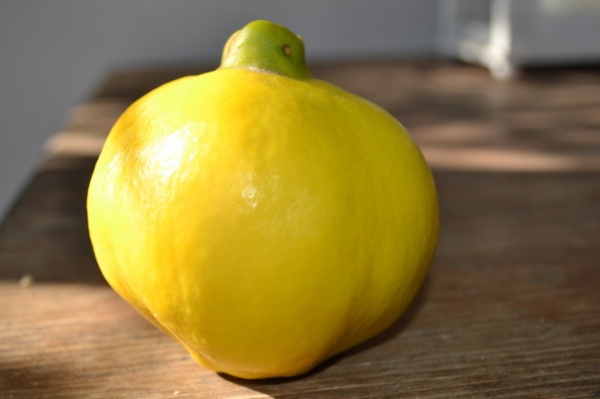
Quinces
This garden gem is often overlooked. After all, who really knows what a quince is? But once you make its acquaintance, you’ll be charmed, especially if you’re looking for a trouble-free fruit tree for a smaller yard in zones 4 through 9. It is slow growing, is naturally small (for a tree), requires little pruning, seldom develops problems and rewards you with softly colored spring blossoms and bright fall fruit. In fact, you needn’t even grow it as a tree; it can be trained as a shrub or grown in a container.
Of course, there is the question of what to do with the fruit. It’s decidedly more tart than its apple or pear cousins, but cooking it will soften the sting. If you’re really adventurous, try using it as a base for candies.
The one thing you do need to be sure of is that you buy a true fruiting quince. Flowering quinces abound; you may have to search a bit for one that will provide you with fruit.
See how to grow quince trees
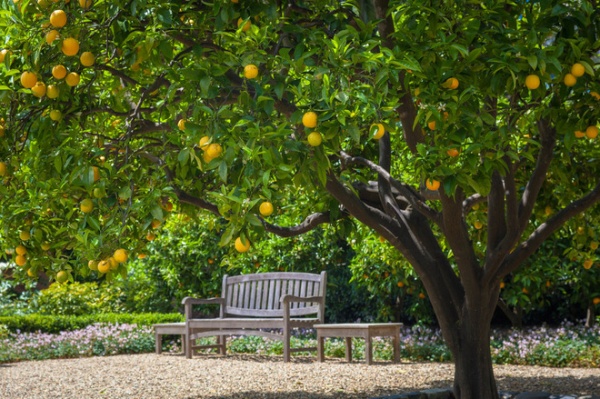
Citrus
Citrus is not an option for everyone. Citrus trees grow best in zones 8, 9 and 10. In other zones you’re probably limited to containers that you bring indoors, or at least into a sheltered space, in winter.
But if you can grow citrus, you’re in luck. First, you’ll have an evergreen tree with intensely fragrant blossoms and delicious fruit that can stay on the tree for long periods. Then, these are some of the most fuss-free and low-maintenance trees around. They’re more drought tolerant than other fruit trees once they’re established. Pruning is fairly minimal, but you can shape them to whatever form you want, from container to bush to tree to espalier. They’re fairly free of pests and diseases. Probably your biggest problem will be protecting them from sunburn and freezing.
And your options are many. Oranges and lemons are the most common choices, but also consider growing limes, mandarins, grapefruits, kumquats, citrons and pomelos.
See how to grow citrus trees | See how to keep your citrus trees healthy












